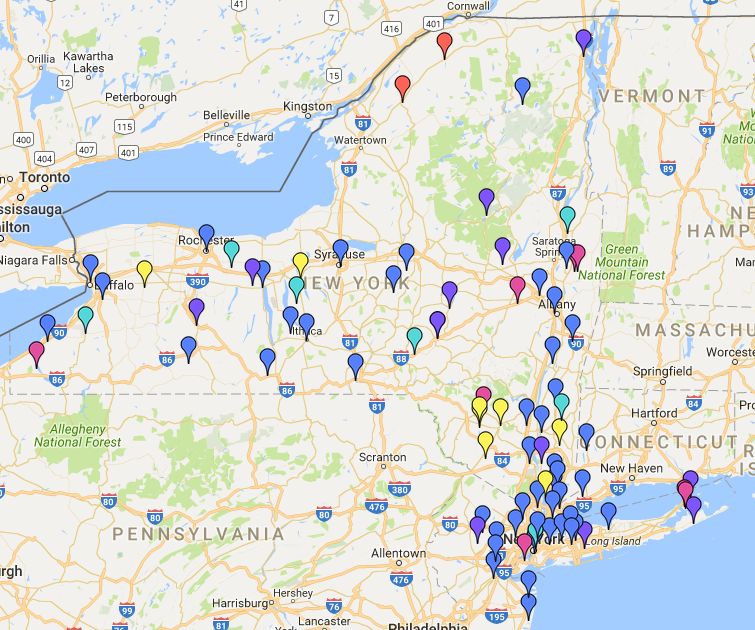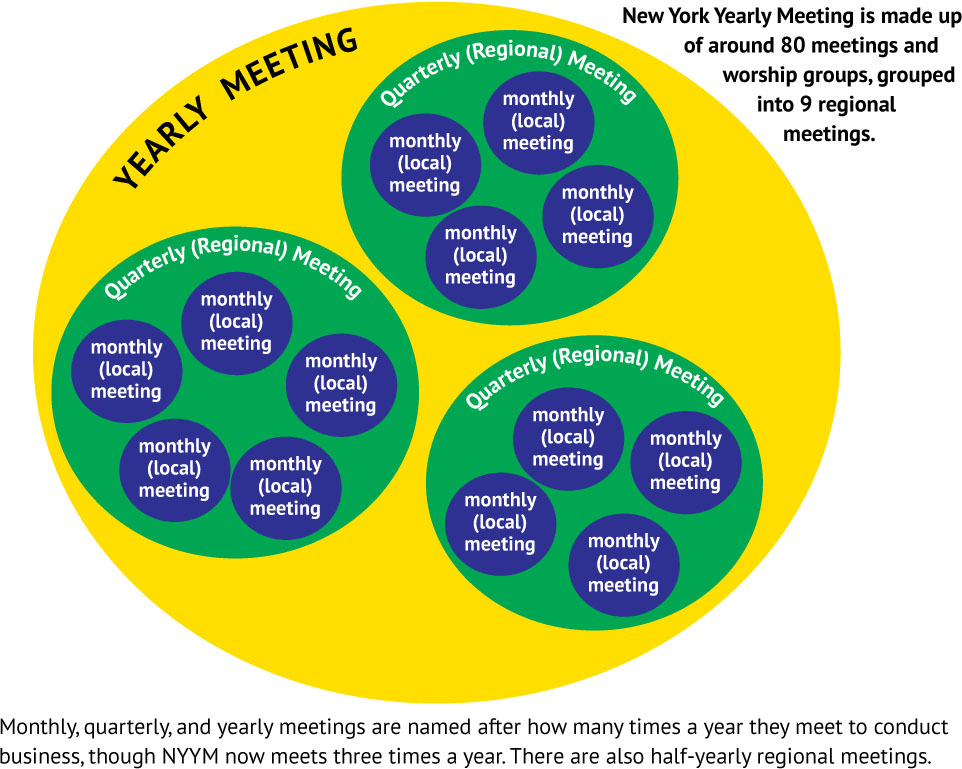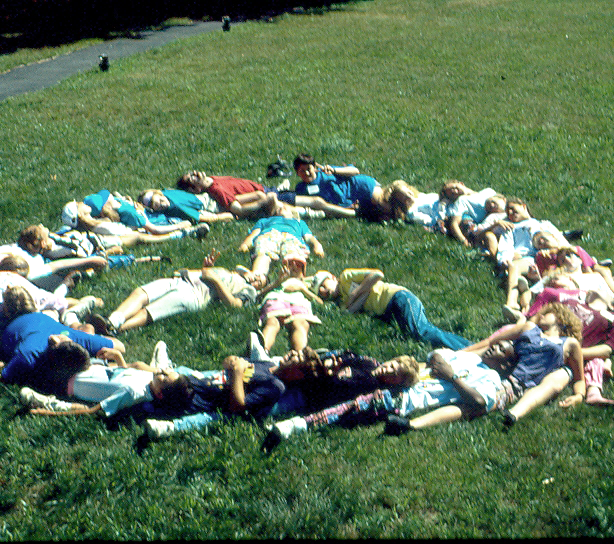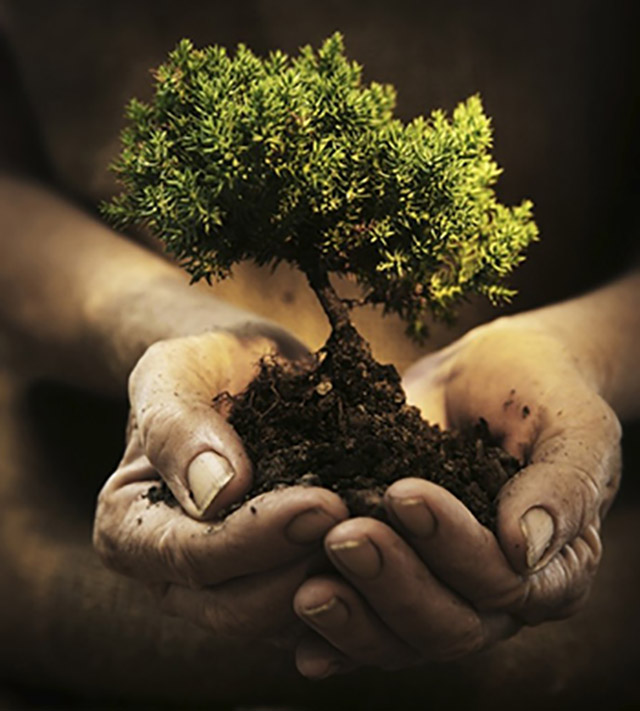Our Responsibilities as Neighbors
by Sunfire
Easton Meeting
I was raised in the Methodist Church. Every Sunday, when the ushers had collected the offerings, they marched down the aisle with the collection plates while the choir and congregation, without prompting or printed words, sang:
We give Thee but Thine own,
whate’er the gift may be;
all that we have is Thine alone,
a trust, O Lord, from Thee.
The idea that people have a responsibility for the stewardship of what they possess is part of the heritage of all religious traditions. Those of us who have attended recent Summer Sessions know that Silver Bay is on land that was once part of a hunting ground used in common by all the Indian nations of the area, and that the treaty they had with each other was called “the dish with one spoon,” showing that each nation should take from the land only what they needed.
Now, in a Eurocentric society with a capitalist economy, land titles are contingent on having deeds and paying taxes, and land rights are regulated by law. This may incline us to forget the theological idea of our land being held in trust from God.
On October 22, more than seventy people of faith were registered for an all-day seminar at Pace University Law School sponsored by the New York State Council of Churches (NYSCOC). The theme of the seminar was “Who is My Neighbor?” Eleven Friends from NYYM meetings, including both of our representatives to the NYSCOC Executive Committee, attended.
It was the first of a series of seminars; a second one was held in Medina, NY, on November 12. Future seminars will be in Western Long Island on January 28, in Saratoga Springs on March 17, and in Syracuse on May 19. Information is on the NYSCOC website:
nyscoc.org/events/community-development-and-church-property-initiative/
We began with a worship service that included everyone singing a song made popular by Mr. Rogers— the one that begins, “It’s a Beautiful Day in the Neighborhood.”
We sat at tables and discussed questions like, “Why should faith communities care about building inclusive communities?” We learned about “Root Theology,” about “Mindy Fullilove’s Nine Keys to Restoring Joy,” and about how some congregations have developed affordable housing on space they owned but were not using, or on space that was integrated with buildings they used.
A Friend from the New York City area said, “I was particularly moved by the suggestion to not simply assume that the community of people who live and work near our meetinghouses need what we think they need, or to offer what we are moved by our own conscience to offer, but to genuinely and thoroughly ASK our neighbors what their greatest struggles and finest hopes are, and in conversation with our neighbors, consider how our property could most benefit the community as a whole.”
What did I take away from this seminar? For the last three or four thousand years, humans have been engaged in struggles—often violent struggles—to obtain and keep land. We have justified these conflicts with the “Doctrine of Discovery” and the concept of “Manifest Destiny.” Those of us who are white have, for the most part, profited by these struggles, but no one can claim a clear moral title to the lands they occupy. Nevertheless, when we collectively aim to make this planet a place where all peoples can thrive, we find ways to fulfill our obligations to our Creator. Everyone becomes our neighbor.





